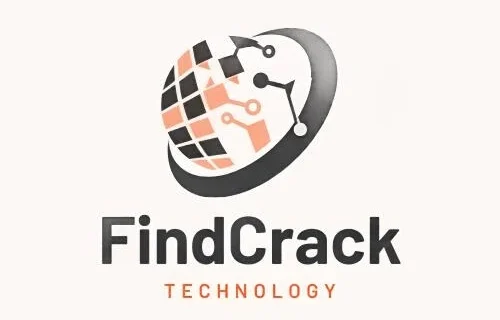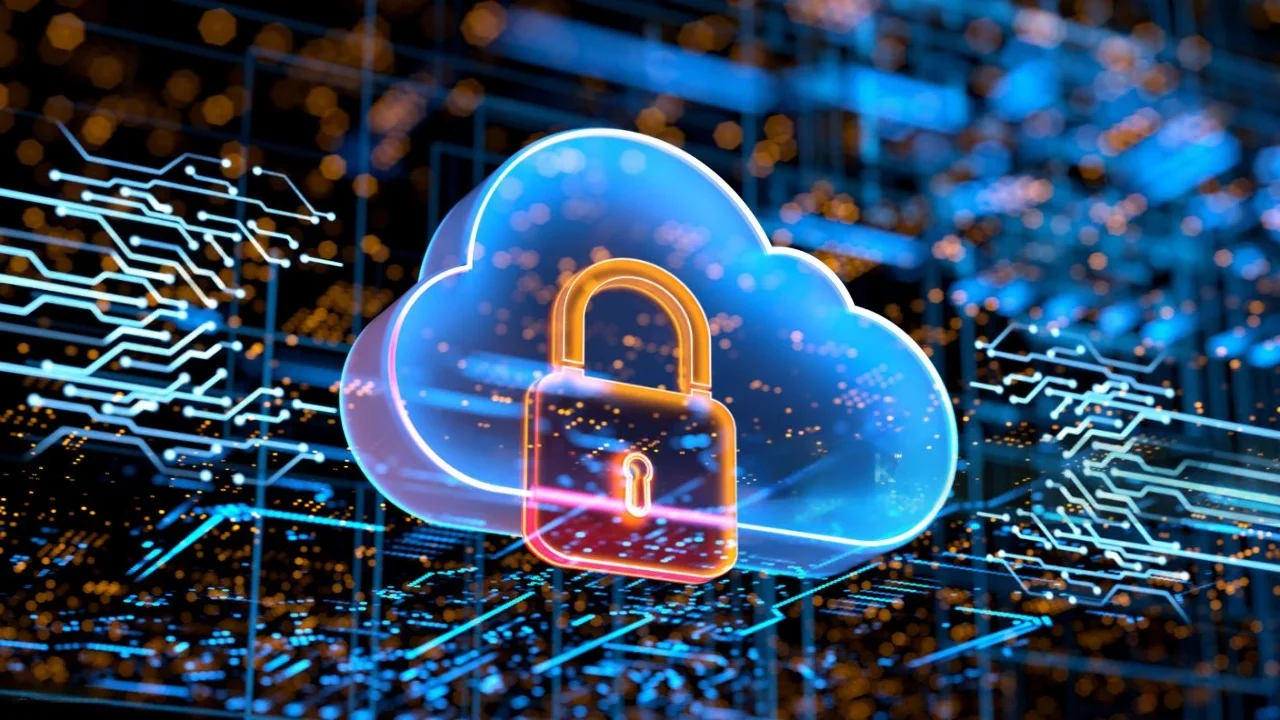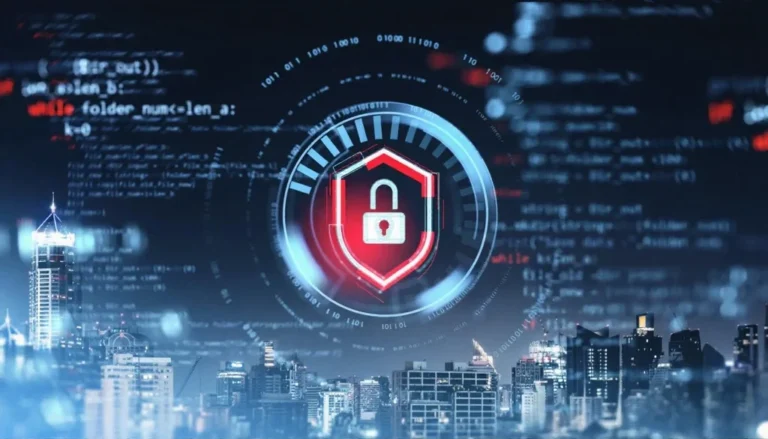Introduction to Cloud Computing Security
Businesses, homes, and industries all depend on cloud computers. As well as running apps, it saves data and powers security cameras. There are some risks, though. Recent polls show that 80% of businesses had security problems in the cloud in 2024. Weak passwords, incorrect settings, and phishing were the main causes of leaks. These risks jeopardize confidential data, such as customer records or security camera video footage. This guide covers the fundamentals of cloud computer security. You will learn about VPS servers, certifications, tracking, and where to store cameras. You can find clear, doable steps to protect your cloud in 2025, no matter if you’re a homeowner or an IT professional. To stay safe, start with strong passwords and multifactor authentication (MFA).
Understanding What is Cloud Computing Cyber Security Fundamentals
Defining What is Cloud Computing Cyber Security Fundamentals
Data, apps, and infrastructure in the cloud are safe with cloud protection. It uses rules, procedures, and tools to stop breaches and ensure availability. It is based on the CIA triad of secrecy, integrity, and availability. Encryption keeps data secret for privacy reasons. Integrity makes sure that info stays correct. Access is guaranteed when it’s needed. Cloud security, on the other hand, takes care of shared settings like AWS or Azure. Companies keep customer information, and people keep camera video. To avoid leaks or downtime, both need strong protection. Knowing these basics will help you set up a safe cloud.
Shared Responsibility Model
Cloud security divides up the work. Service providers such as Google Cloud ensure the safety of servers and networks. Users are in charge of apps, data, and access limits. Infrastructure as a Service (IaaS) lets you take care of OS updates and user rights. For example, improperly configured AWS S3 buckets can expose sensitive information. Expert Insights reports that the cloud accounted for 45% of vulnerabilities in 2024. Users need to turn on MFA and encrypt their info. Knowing your job helps you keep others safe. Please review the provider’s guidelines to ensure you are aware of your responsibilities.
Key Security Components
Identity and Access Management (IAM) manages who can get into your system. Encryption ensures the safety of data during transmission or storage. Like barriers, network security stops people who aren’t supposed to be there from getting in. For example, AWS IAM limits what users can do, and Azure’s security keeps data safe. Regular checks identify vulnerabilities. Together, these components ensure the safety of cloud settings, ranging from business databases to home security cameras.
Exploring Security Threats with Cloud Computing
Common Security Threats with Cloud Computing
When you use the cloud, there are security risks like data breaches, wrong settings, and DDoS attacks. Phishing attacks will impact approximately 73% of businesses in 2024, leading to the theft of passwords. StrongDM reports that improper setup, such as leaving storage buckets open, led to 26% of hacks. When DDoS attacks hit a computer in large numbers, services stop working. When employees aren’t honest, they make threats that put private information at risk. It says that in the last five years, ransomware threats have grown by 13%. Many individuals and businesses could lose both money and privacy due to these threats. Monitoring and encryption are two types of strong security that can help lower these risks.
Real-World Breach Examples
Ticketmaster was one of more than 160 businesses that the Snowflake breach in 2024 hurt. Hackers used stolen passwords and didn’t use MFA, so millions of records were made public. Some businesses had to pay a debt of $370,000. In another case, an incorrect setup of an Azure database exposed healthcare data to the public. Weak entry controls and inadequate setups are often to blame for these events. Checks and MFA could have stopped them from happening. These cases can teach you how to make your cloud security better.
Mitigating Cloud Risks
You should use strong passwords and multifactor authentication (MFA) to keep people from getting in without your permission. To protect data, use the AES-256 standard. You should do checks every day to find mistakes. Please guide your team in identifying fraudulent messages. Set up tools for breach detection to quickly find threats. Because of monitoring, a 2024 store was able to stop a DDoS attack, which meant that the store did not close for hours. Taking charge will keep the area around your cloud safe.
Evaluating Which Aspect is the Most Important for Cloud Security
Comparing Aspects of Which Aspect is the Most Important for Cloud Security
For you, what’s the most important thing about cloud safety? What you need will be decided. Encryption keeps data safe, which is very important for private data, like banking data. IAM stops people who aren’t supposed to be there from getting in. This process is very important for businesses with a lot of users. Monitoring immediately identifies threats, facilitating swift action. Expert Insights says that mistakes made when setting up various clouds led to 69% of breaches in 2024. Because access-related mistakes happen so often, IAM is usually the first thing that gets looked at. Encryption safeguards the privacy of camera footage. To choose a topic, consider your business size, data type, and market.
Industry-Specific Priorities
Healthcare needs to encrypt patient information in a way that follows HIPAA rules. To stop fraud in banking, IAM needs to be tight. Small businesses need tracking tools that don’t cost a lot of money. One example is that a clinic might care more about safety than a bank would. Don’t get charged if your plan doesn’t follow the rules of your business. There is no need to pay too much for this to ensure safety and compliance.
Expert Insights
A lot of experts care about IAM and tracking. An 83% study by StationX in 2025 says that cloud security is the thing that worries them the most. It is best to use encryption, IAM, and tracking all at the same time. If you work on and check your balance often, it will get even better. Choose tools that work well and don’t cost too much.
Implementing Security Monitoring in Cloud Computing
Tools for Security Monitoring in Cloud Computing
In cloud computing, security tracking keeps an eye on what’s going on to find threats. Tools like AWS CloudTrail keep track of what users do. Azure Monitor checks for security and speed issues. The Google Cloud Security Command Center looks for holes. Advanced data can be found in third-party tools like Splunk. SensorOne says that in 2025, 51% of companies plan to put more money into tracking. These tools send messages, keep logs, and check for compliance. Like, CloudTrail caught a 2024 attempt to break into a tech company. Choose tools based on the funds and cloud service provider you have.
Best Practices for Monitoring
Set alerts for logins or data access that don’t seem right. Logging should be done centrally with SIEM systems. Every week, look over the logs to find trends. Combine plans for tracking and responding to incidents. A store in 2024 used Azure Monitor to spot a phishing attempt and protect customer info. Set up automated alerts to cut down on human work. Teach your teams how to act quickly. Threats are stopped before they get worse by constant tracking.
Case Study: Monitoring Success
An online store from 2024 used Splunk to keep an eye on its AWS environment. It found unauthorized entry right away, stopping a data breach. It saved the company $50,000 in possible losses. It was important to watch things in real time and act quickly. To protect your cloud services, use similar methods.
Applying Security Controls for Cloud Computing
Types of Security Controls for Cloud Computing
How to keep cloud computers safe Stop threats, find them, and fix them. Firewalls and encryption are examples of preventative controls. Like intrusion monitoring, detective controls look for strange things. Systems are brought back to life by corrective controls like backups. AWS Security Groups control who can join a network. Risks are shown by Azure Security Center. The company Expert Insights says that in 2024, 27% of businesses had problems with the public cloud. These risks are lessened by layered rules, which keep data and apps safe.
Implementing Controls Across Platforms
IAM jobs are used by AWS to limit access. Threats can be found in Azure’s Security Center. The Cloud Armor service from Google Cloud stops DDoS attacks. Time can be saved by automating patch handling. Do checks every three months to make sure you’re following ISO 27001 guidelines. For instance, a bank in 2024 used Azure’s controls to follow PCI DSS rules and stay out of trouble with fees. Fit your cloud provider’s tools with your rules to get the most out of them.
Automation Benefits
Automating security jobs makes them go faster. Compliance is checked easily by tools like AWS Config. After a breach, automated backups bring back the info. An early-stage company in 2024 cut response times by 40% by automating tasks. This saves money and makes things safer. To see progress, start with easy routines like patch updates.
Securing Cloud Data with VPS Servers
Why Use Security Cloud Data with VPS Servers
Using VPS computers to store data in the cloud makes security better. Instead of sharing a cloud, VPS servers offer private settings. This makes other people less dangerous. Firewalls and security can be changed to fit your needs. Small businesses back up their data safely with VPS. StrongDM says that in 2024, 42% of businesses had trouble keeping their data private. VPS servers give you control, which makes them perfect for private info like customer records or video footage.
Configuring a Secure VPS
Pick a service provider like Linode or DigitalOcean. To stop people from hacking your password, use SSH key verification. To block access, set up firewalls like UFW. Use OpenSSL to encrypt files. Every month, you should update software to fix bugs. A business in 2024 used a VPS to keep client data safe, which prevented a breach. Your cloud info will stay safe as long as you set it up right.
Hybrid Cloud-VPS Benefits
Hybrid setups are a mix of cloud scale and VPS control. In 2024, a store used AWS and a VPS to make sure that transfers were safe. This made things safer and cut costs by 20%. Businesses that need both flexibility and security should use hybrid options. Look at the info you need to see if this fits.
Leveraging Cloud Storage for Security Cameras
Benefits of Cloud Storage for Security Cameras
Security camera cloud storage makes sure that storage is safe and scalable. Cloud storage, unlike SD cards, keeps videos safe from being lost or stolen. It lets you reach it from afar using apps. As per Coram.ai, 200 zettabytes of data will be saved in the cloud by 2025. High-resolution movies can be stored in the cloud. But you need to pay attention to bandwidth and safety. Private footage is kept safe with encryption and safe links.
Top Providers for Cloud Storage for Security Cameras
|
Provider |
Free Storage |
Paid Plans (Monthly) |
Key Features |
|
Wyze |
14 days (12-sec clips) |
$1.99–$2.99 |
Motion detection, affordable |
|
Google Nest |
3 hours (events) |
$8–$15 |
Facial recognition, 24/7 recording |
|
Arlo |
None |
$7.99–$12.99 |
180-day history, activity zones |
|
Verkada |
30 days (select models) |
Custom pricing |
AI analytics, business-focused |
|
SimpliSafe |
None |
$9.99–$27.99 |
Professional monitoring, alerts |
Wyze lets you store security camera clips in the cloud for free for 14 days. Google Nest only stores a few events. Arlo’s or Verkada’s paid plans come with extras like longer keeping. SmartHome.org says to pick based on your income and needs.
Securing Camera Footage
The video should be encrypted with AES-256. Turn on MFA to get into your account. When you post, use HTTPS. Follow the GDPR or CCPA to protect your data. Compliance is ensured by regular checks. A business in 2024 kept videos safe by encrypting cloud storage, which kept them out of trouble with the law. Your monitoring data is safe with setups that are safe.
Adhering to Standards for Security in Cloud Computing
Key Standards for Security in Cloud Computing
Standards for cloud computer security make sure that everyone follows the rules. ISO 27001 sets rules for keeping information safe. Controls for government systems are in NIST SP 800-53. SOC 2 is all about keeping data safe. These rules make things safer and more trustworthy. StationX says that 83% of businesses put cloud security first in 2024. Fines and violations can be avoided by following the rules.
Achieving Compliance
Do gap analyses to find your flaws. Automated checks can be done with AWS Config. Learn about ISO 27001 with your staff. Check for compliance every three months with an audit. A healthcare company in 2024 used NIST guidelines to pass audits and avoid fines of $100,000. Compliance tools make the process easier.
Benefits of Standards
Having standards helps people trust you. They make legal risks lower. A store in 2024 got more customers by showing that it was SOC 2 compliant. Standards also guide investments in security, making sure that safety is provided at a low cost. Start with one standard, such as ISO 27001, and you’ll start to see results.
Pursuing Cloud Computing Security Knowledge Certification
Top Cloud Computing Security Knowledge Certifications
A certification in cloud computing security information proves that you know what you’re doing. The Certified Cloud Security Professional (CCSP) exam explains how clouds work. The Certificate of Cloud Security Knowledge (CCSK) is all about the best ways to do things. AWS Certified Security – Specialty tests your knowledge of AWS. Getting these qualifications can help you get a job. Skillsoft says that cloud skills will be in high demand in 2025.
Certified Cloud Security Professional Salary Insights
As of March 2025, Payscale says that the average salary for a certified cloud security expert in the US is $123,000. It costs ₹2 million a year in India. People with a CCSP can develop secure systems and make up to $150,000 a year in big cities. A professional with a 2024 CCSP got a $130,000 job in banking. Getting certified can help you get well-paying jobs like cloud architect.
Preparing for Certifications
Use tools to help you study, such as (ISC)3 classes for CCSP. Use practice tests to get better. Join a study group to get help. A candidate from 2024 passed the CCSK by using internet forums to save time studying. Take two to three months to get ready. When you get certified, your skills and job will improve.
Developing a Project on Cloud Computing Security
Ideas for a Project on Cloud Computing Security
A project on the safety of cloud computing shows off your abilities. Make an AWS system that can find and stop intrusions. Look at incorrectly set up S3 buckets. Come up with a mixed cloud-VPS setup. Such as the fact that 26% of breaches in 2024 were caused by wrong settings. These projects deal with real problems. One way to stand out is to do a project.
Executing Your Project
Set a clear goal, like finding people who aren’t supposed to be there. Set up with tools like Terraform. Use fake strikes to test. Write down the results clearly. A student in 2024 built a cloud SIEM, which got them a job offer. Projects show potential companies how useful you are in real life. Start small to feel good about yourself.
Real-World Applications
Projects help people with real issues. A company in 2024 saved $20,000 by using a student’s project to protect its Azure setup. There are also certificates like CCSP that you can get through projects. Share your work on GitHub to get people to hire you. Projects that are useful bring together theory and experience.
Future Trends in Cloud Security
Zero-Trust Architecture
In zero-trust, no user is accepted by default. Every entry request is checked. StationX says that 60% of companies plan to use zero-trust by 2025. Insider threats and leaks are cut down. For better protection, use zero-trust with IAM and MFA.
AI and Machine Learning
AI finds problems more quickly. AI is used in tools like SentinelOne to find strange things. In 2024, AI cut the time it took to find a breach by 30%. In order to escape false alarms, AI tools need to be fine-tuned. Use AI to help with monitoring, not to replace it.
Quantum Computing Impact
Current security might not work with quantum computing. Experts say that AES-256 will be at risk by 2030. Look into post-quantum coding right away. Quantum-resistant standards are being made by NIST. Stay ahead of the game to keep your cloud data safe in the long run.
Conclusion
In 2025, cloud computer security is very important. When you use cloud computing, security tracking finds threats early. Putting security camera footage in the cloud keeps it safe. Data is kept safe by security limits in the cloud and on VPS servers. Getting certifications like CCSP can help your job and pay about $123,000. To stay ahead, follow the rules and look into tasks. Set up one tip at a time, like MFA, to make your protection better. Tell us about your favorite question or plan in the comments below!



